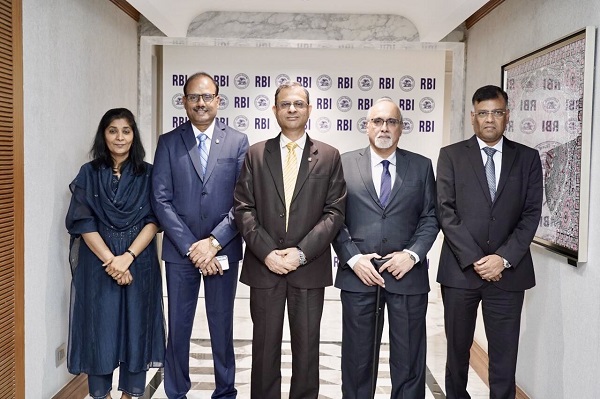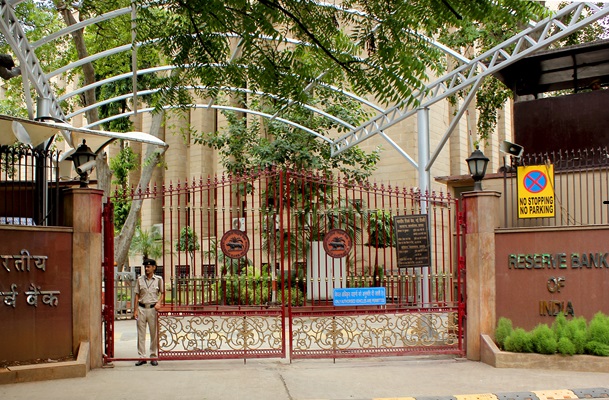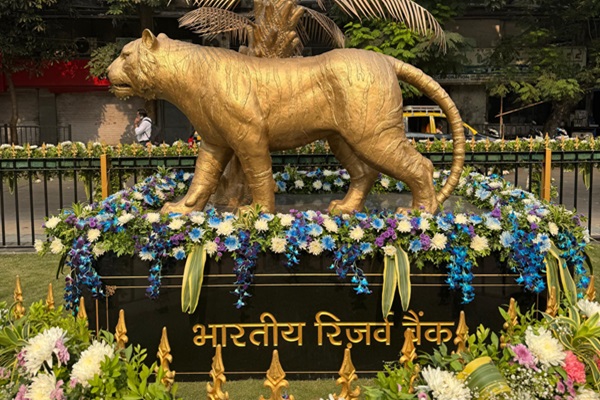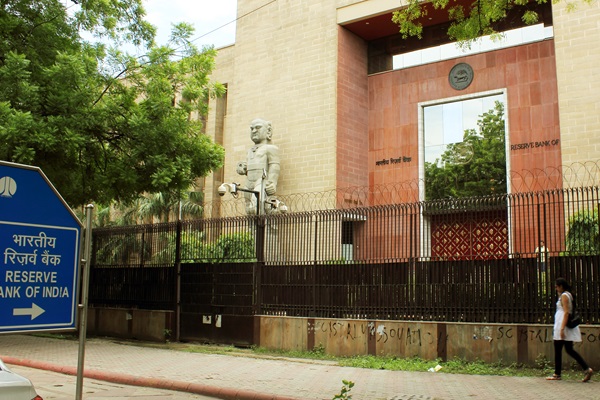.png)
Review of MPC Decision: What Does it Mean to be Forward-Looking?
Is it forward-looking to let policy be decided by base effects, rather than encouraging the anchoring of inflation expectations at the target?
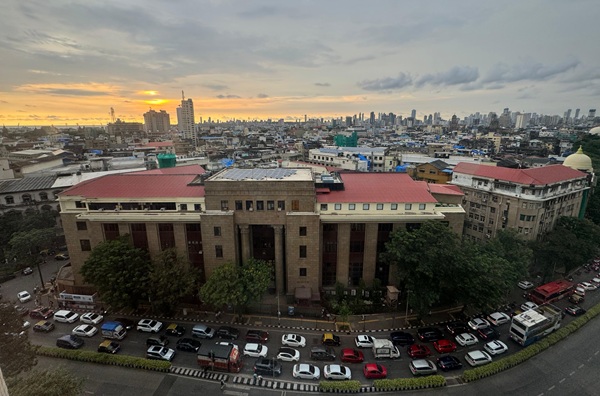

By Ashima Goyal
Dr. Ashima Goyal is Emeritus Professor of Economics in the Indira Gandhi Institute for Development Research. She was a member of the RBI Monetary Policy Committee.
October 1, 2025 at 5:26 PM IST
The October policy has some excellent moves towards simplifying regulations, making them more principle-based and entity specific. It has chosen to support growth in this way rather than through a rate cut, despite a sharp fall in forecasted inflation and a mild fall in the second-half growth. The space for a further cut was there earlier also and these changes have further increased it.
Reasons for a pause include looking through the food price volatility that is largely reducing current headline to forecasted inflation of 4.5% next year. Is this being forward-looking?
Food price spikes should be looked through, but the RBI has been over-forecasting inflation for over a year now. As a result, real rates have been high for too long. They averaged 1.9% in 2024-25 that saw growth slump from 9.2% to 6.5%. With forecasted inflation for 2025-26 at 2.6% and the repo at 5.5%, the real interest rate will be above 3%. In the past, whenever real rates (based on CPI inflation) have reached 2%, growth has been relatively lower.
And actual inflation is likely to be lower than current forecasts again, as GST tax cuts reduce core inflation, which is the stable trend towards which more volatile components converge. Core inflation, stripped of gold prices, has been around 3% for more than a year now. Research shows firms’ inflation expectation to be 3%.
The rise to above 4% in RBI forecasts is purely on base effects, which can create a large percentage distortion at low levels. Professional forecasters long-term inflation expectations are anchored at 4%. At this level, there is space for further rate cuts. Is it forward-looking to let policy be decided by base effects, rather than encouraging the anchoring of inflation expectations at the target? Trend inflation, looking through base effects, is running at below 4%.
Adjusting LAF liquidity to keep the CMR near the repo, even as durable liquidity stays in surplus, also creates space for a further rate cut. A direct rate cut is better than reducing short rates through surplus liquidity since it reduces uncertainty and perverse incentives for markets. It is also in line with the flexible inflation target mandate.
Moreover, it is necessary to counter global shocks, which the RBI does see as softening growth in the second half. There is sufficient depth and diversity in our economy now for countercyclical policy to be feasible. It is also necessary to reach Viksit Bharat goals. China was able to develop because of smooth high growth, while we suffered from fluctuating growth, since shocks were allowed to affect it.
While government reforms raise potential output, monetary policy has to help output to reach that potential, otherwise government actions may be nullified. Trend inflation below target implies output below potential. In India the aggregate demand channel affects output more than inflation. So RBI countercyclical support for growth is essential. Manufacturing growth is already softening. Why wait to see large unemployment created before acting?
The MPC seems to feel that times are uncertain so policy space should be retained to move later. But this is where forward-looking actions are required, since monetary policy acts with a lag. Real rates have exceeded equilibrium rates for more than a year now, building up stresses in the system. It will help MSMEs and consumers more if debt burdens are reduced today—the reduction will be much less after burdens become even heavier. A 25-bps cut cannot do much by itself. And it will become less effective the longer it is delayed.
Moreover, much of monetary policy pass through now occurs through markets. Pass through of repo rate cuts has reduced because of the rise in 10-year government securities rates after hawkish statements that accompanied the change to neutral stance. This led to a market perception that a neutral stance implies no further cuts.
A 25-bps cut and a dovish statement about further cuts being feasible depending on data, would have helped reverse this, even while retaining the neutral stance.
At least we have a dovish statement now that space for cuts has increased. The fall in growth and inflation forecasts is also interpreted by markets as dovish. But without action words risk being dismissed as just talk, once perceptions are entrenched. Let us hope government bond yields soften.
Also read:
RBI’s Insulated Optimism Jars with Ground Reality
RBI Breaks Old Orthodoxy with Regulatory Measures
RBI Reopens the Door to Accommodation
Banks Poised to Challenge NBFCs As RBI Unshackles Restrictions
